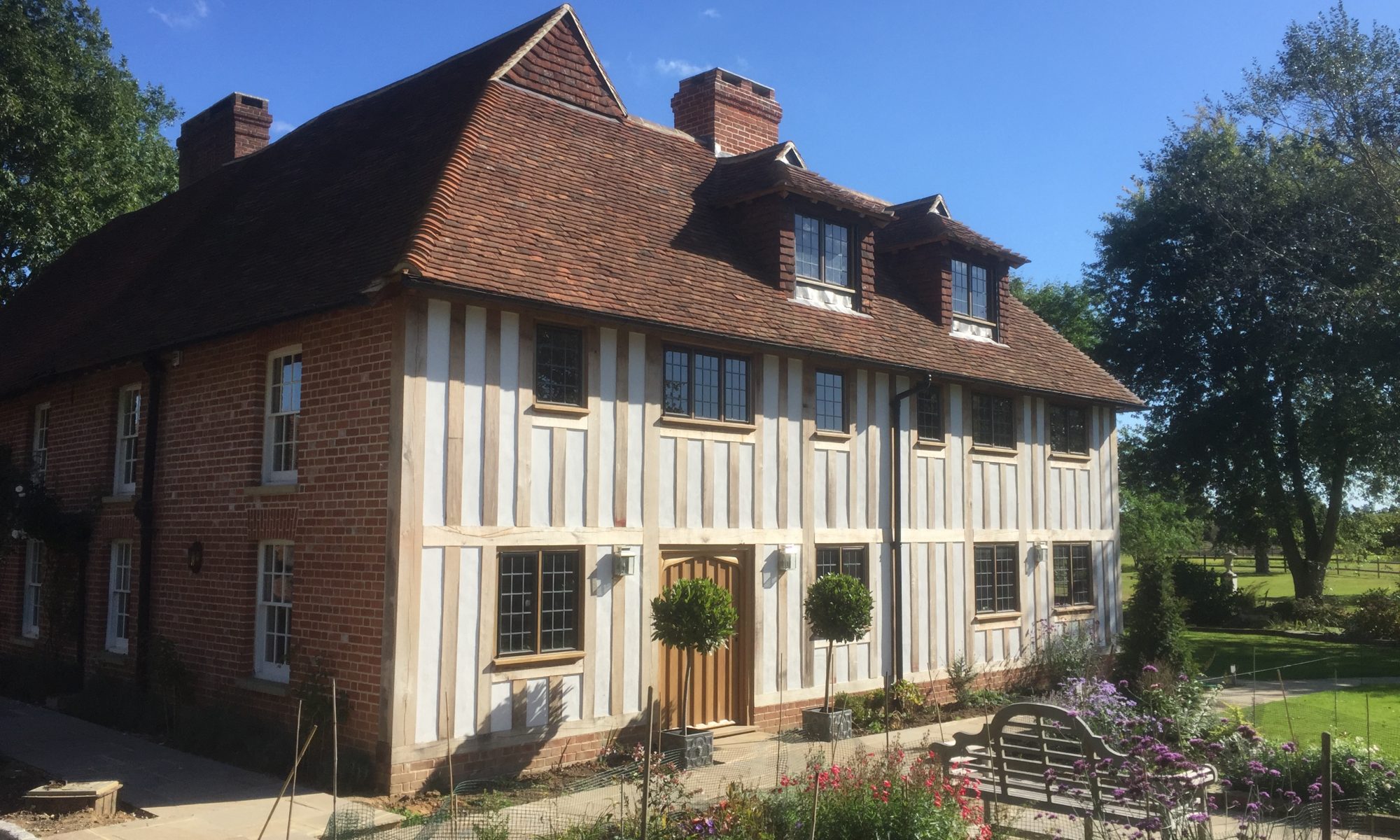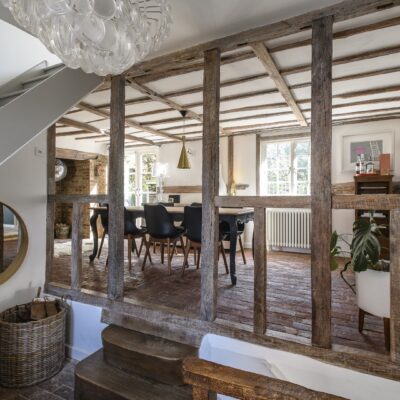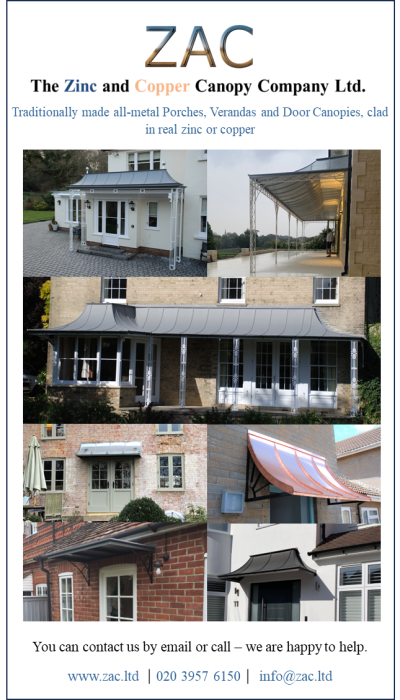Renovating your roof can really transform an older property, but it’s worth making sure you get advice and work from trustworthy sources, so we asked Karl Terry for some tips kentpegs.com

 Check with your local conservation officer if Listed Building Consent is needed (it always will be for Grade 1 and 2* properties).
Check with your local conservation officer if Listed Building Consent is needed (it always will be for Grade 1 and 2* properties).

Only use an established company. A good starting point is The National Federation of Roofing Contractors, who have a register of vetted heritage approved contractors (see nfrc.co.uk). NFRC contractors can also self certify that all works comply with relevant building regulation through the Roofing Competent Person Scheme nfrccps.com
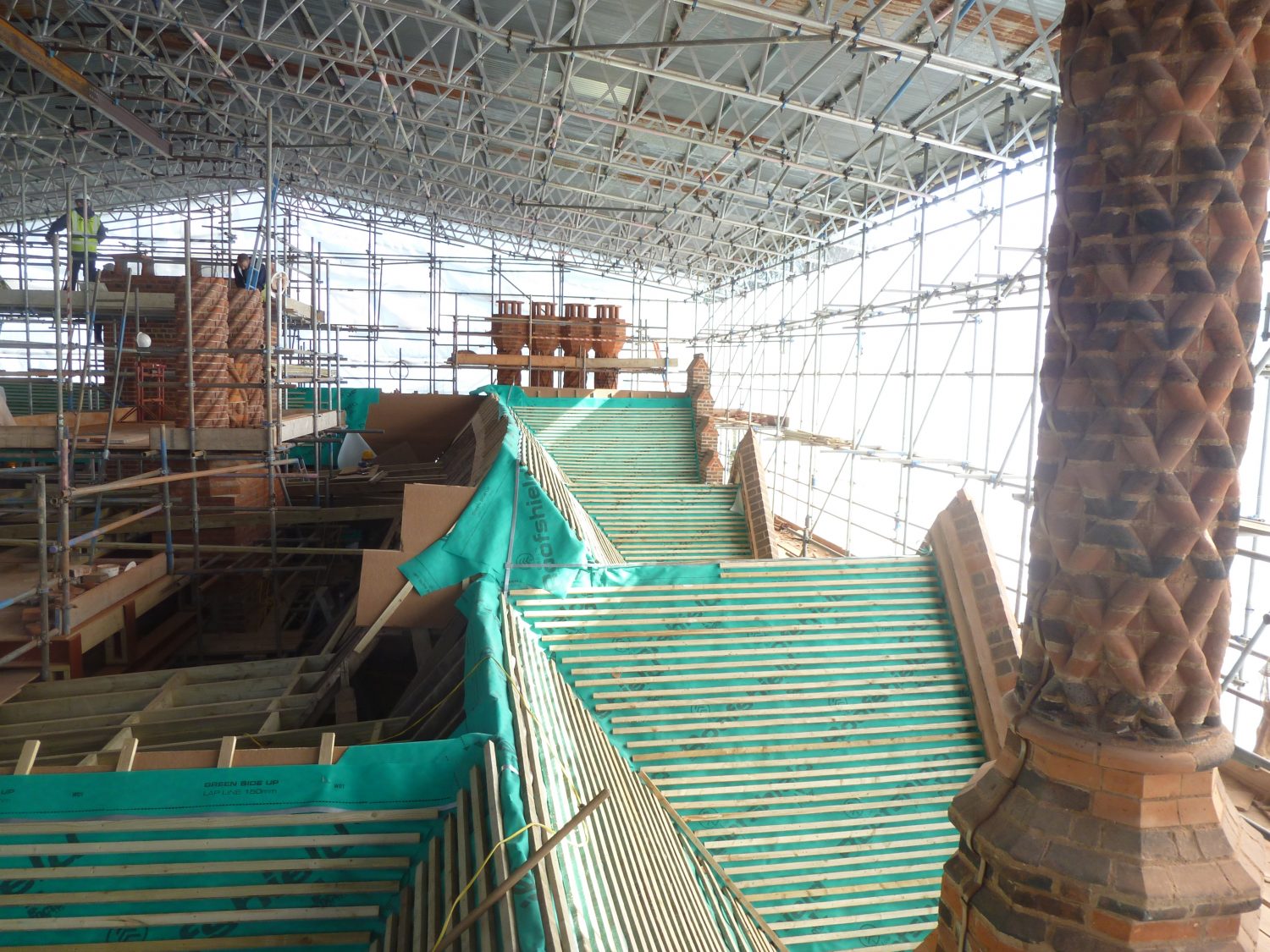
 Seek references and follow them up. Your contractor should be able to provide details of current work they have completed.
Seek references and follow them up. Your contractor should be able to provide details of current work they have completed.

Avoid loosely worded estimates, aim to get a fixed price quotation which details all the specifications and materials that will be used. This way you can budget and not be surprised with extras.

 Make sure your roof is well insulated but also especially well ventilated. Too much insulation and not enough ventilation can cause condensation. Upgrading of insulation is a requirement of current building regulations when re-roofing.
Make sure your roof is well insulated but also especially well ventilated. Too much insulation and not enough ventilation can cause condensation. Upgrading of insulation is a requirement of current building regulations when re-roofing.

On tiled roofs, remove moss. Excessive moisture and inadequate drying can cause problems (often on a north slope or shallow pitch). Poor quality tiles are more susceptible to frost damage in areas with moss growth.
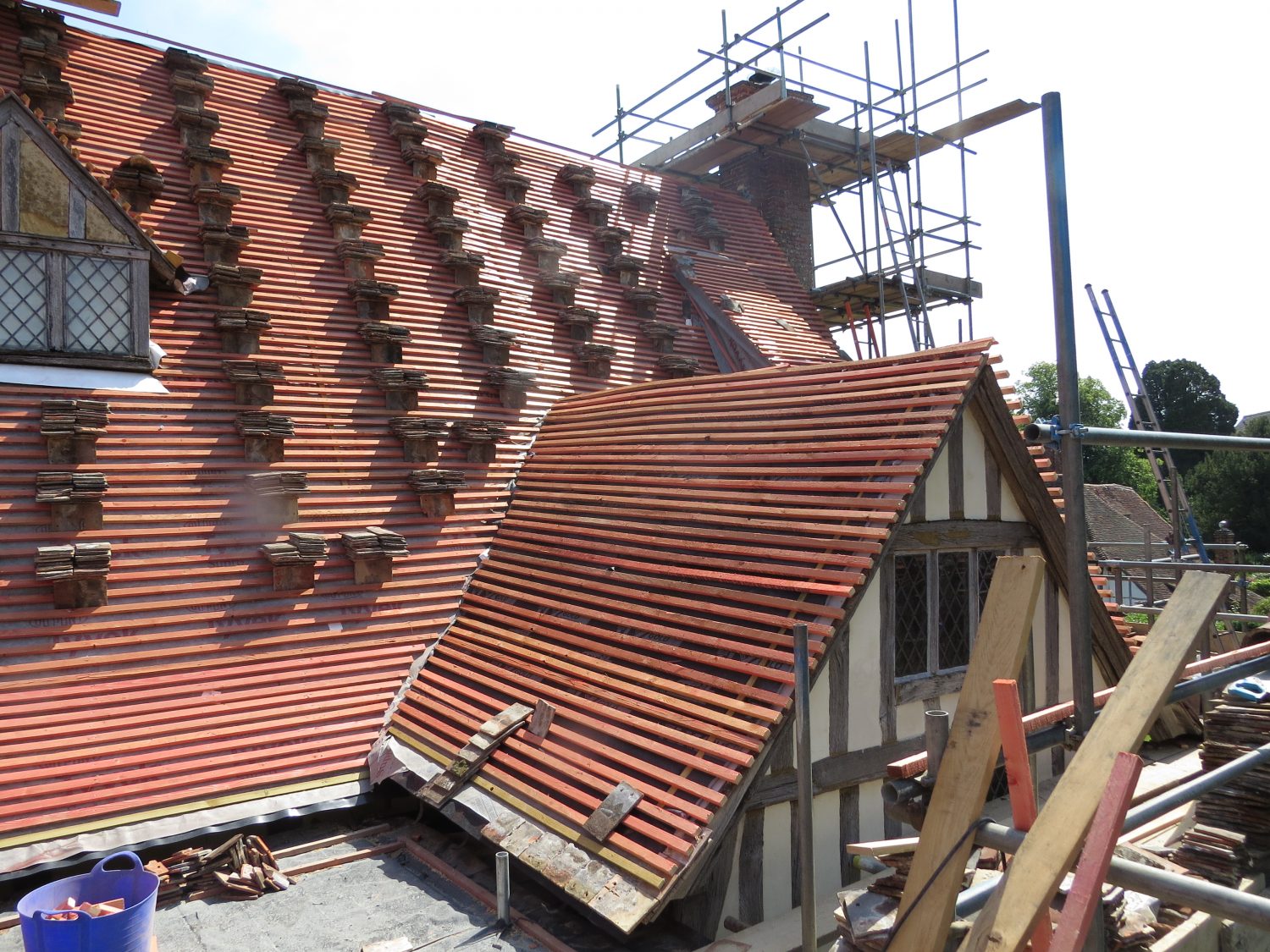
 Clean out your gutters, valleys and box gutters to avoid leaks.
Clean out your gutters, valleys and box gutters to avoid leaks.

Check lead flashings to walls and chimneys and, if needed, make sxure lead work meets LSTA specifications (see leadsheet.co.uk).
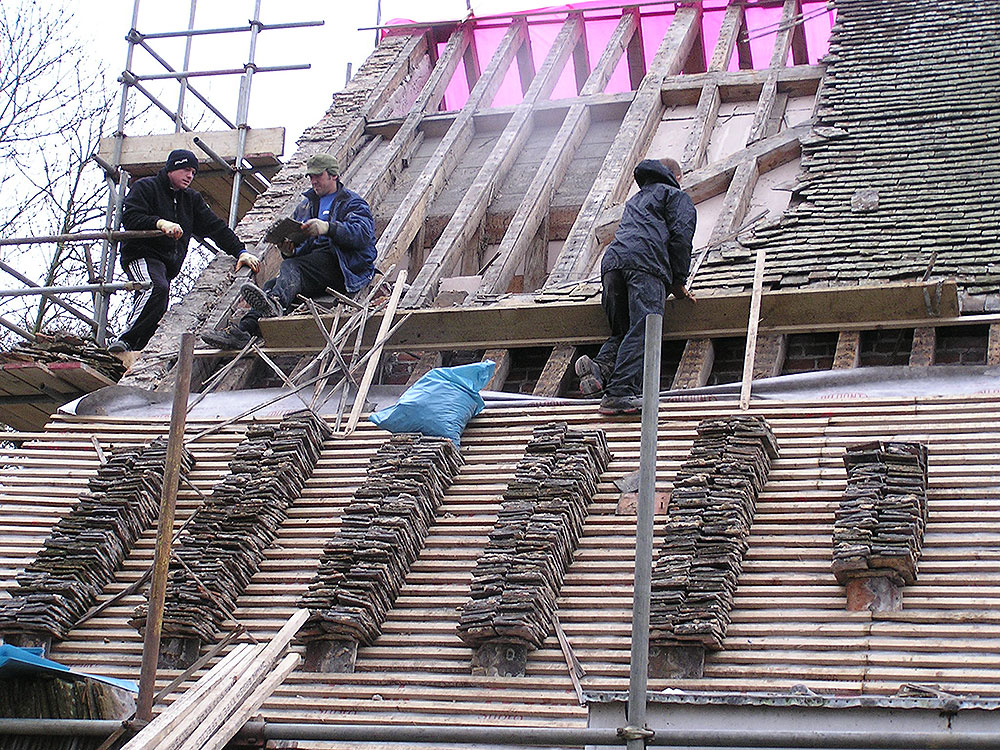
 Check that the pointing of brickwork on chimneys and parapet walls is intact. Also check for loose mortar on ridge and hip tiles. If replacing on a listed building, lime mortar should be used.
Check that the pointing of brickwork on chimneys and parapet walls is intact. Also check for loose mortar on ridge and hip tiles. If replacing on a listed building, lime mortar should be used.

Regular maintenance of replacing broken, slipped or missing tiles could prevent the need for a complete renewal. Always replace with top quality matching tiles.
You may also like
Custodians of History
Inspired by her family home’s centuries of history, and her lifelong interest in property, Claire Whisker has drawn on the skills she has learned during the ups and downs of her seven-year-long house renovation to create a successful new business...
Two become one
When Emma Spencer moved into her sixteenth century home, its unusual layout was a dead giveaway that it had originally been two separate cottages. With a complete interior remodel, Emma has respectfully updated this characterful building, adjusting its layout to...
Change it up
Neil and Sharon Maidment’s reconfigured family home is the result of a very successful partnership with OPEN architecture, who opened their eyes to a new layout they never imagined was possible Words: Fiona Patrick Photographs: David Merewether The green modular...
